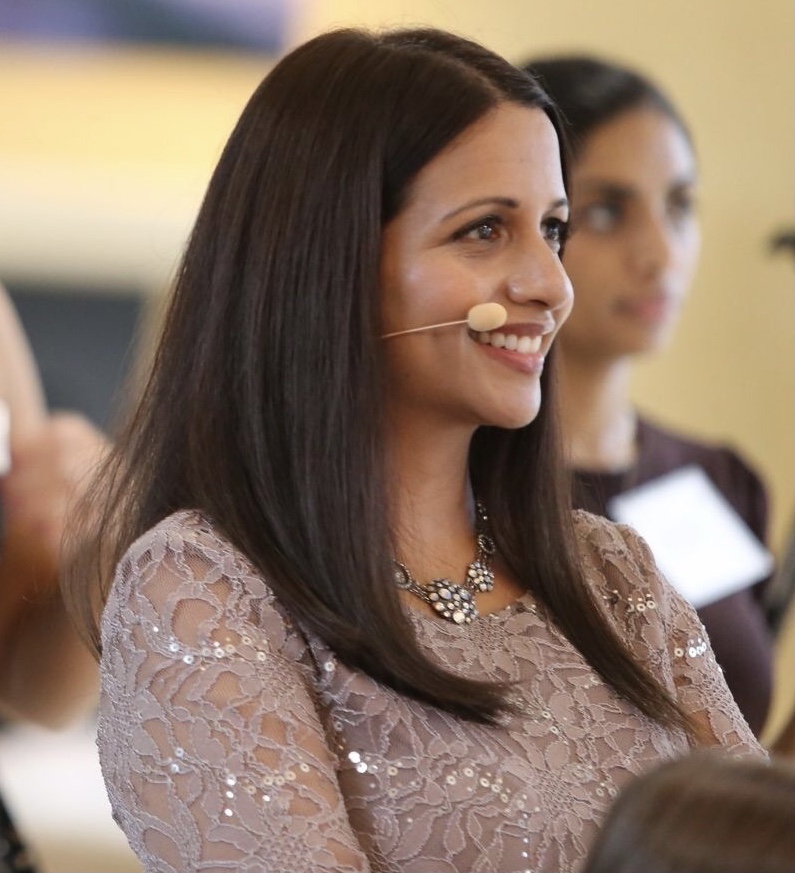By Rachana Bhide
As a business psychologist, I like to say, “workplaces are human spaces.” My father, an architect, sparked my fascination for how design influences people’s moods, productivity levels, and fosters collaborative behaviors.
Design thinking has become a wonderful method for executives and employees alike to drive innovation through a set of principles such as user empathy, reframing, and insight-generation to solve tough problems (or rather, “see opportunities”). Design thinking can foster tremendous innovation for enhanced customer experiences in areas such as hospitality, retail and HR.
However, I have seen time and again that companies tend to overlook the most fundamental and important step in making design thinking work; that is the empathy stage. The empathy stage is all about developing a deep understanding of your user — not in generalities, but in specificities. It’s not about making broad assumptions (“millenials want X” or “women seek Z”), rather, it is about becoming absolutely enthralled by the lives of your users, to help generate meaningful and previously-unnoticed insights. Being “enthralled” means interviewing, observing, and even taking note of the details of users’ daily routines, ones that they themselves may have even overlooked. When we get the empathy stage right, we can finally begin to design for the unseen; for what the user profoundly needs and wants. For me, it is where psychology hits design, in a way that can truly transform user experience.
Here is one story — in the spirit of design it is a personal one — that illustrates the power of human empathy in design thinking. When I joined my new job, the entire department had just been gifted with high-end branded vests for us to wear (or not). When I received my vest, I was elated (yes, elated). I tell you, I wore that vest all the time. It didn’t matter what I was wearing to work that day, I always wore my vest on top of even my most favorite, fashionable dresses. I wore it on the train to visit my parents. I wore it all over New York City. I even wore it after work on a date.
When colleagues asked why I was wearing it (all the time), I very honestly answered, “I’m not sure. I think it’s because my dad always told me to wear a uniform if one was given to me.” And so this was ostensibly the reason, and it made perfect sense, and nobody thought anything further of it. Had a designer embarked on empathy through interviewing, this would seem, on the surface, to be a “breakthrough insight” (style-conscious adult woman who studied fashion at Vogue, wears company vest. Hmm… ).
However… the story was far deeper than that. Several weeks later, I was visiting my parents in Virginia. And I was of course, wearing the vest. At lunch, while my niece and nephews were helping my mom with food, my sister-in-law smiled and said, “Look, you and your dad are both wearing the same thing.”
I looked at my father who was sitting next to me, and it was the first time that day I realized it: He was also wearing a vest, nearly the same shade, branded with his own company logo. I had been subconsciously dressing like my father.
Here’s why this is important: As a design thinker myself, I had always assumed the reason I wore my company vest, was because of my father’s advice. And it WAS because of my father, but it was for a deeper reason, one that I had not known when people simply asked. The real reason: I wanted to be like my dad. As a proud daughter, following in his footsteps, building a career for myself, taking lessons from him, and in this one instance, nearly imitating him as a sincere form of flattery. And I hadn’t even noticed it myself; I’d spent all morning with my father, yet hadn’t paid any attention to what he was wearing. It would therefore take a designer to observe — and yes, become enthralled by this encounter — to generate one possible but powerful user insight: “37–year-old woman adores her father so much, she finds seemingly mundane ways to show him that he has influenced her career.” When we really “go there” with such empathy-driven insights, we push boundaries and allow for far greater, unique perspectives into designing a user experience.
Now, imagine how an HR department, for example, could innovate around that one example to drive my engagement as an employee: Invite my father on a one-day trip to see my office. Send my father a vest of his own. Offer 1 day of paid time to be home and show my family the projects I work on. Invite my parents to volunteer with me and my colleagues on a company philanthropy project. Send my parents a photo of me in my work environment as a holiday gift. While these are unique to “me”, I can’t imagine that one idea couldn’t be extended to engage many more employees who identify loved ones they want to integrate into their company experiences.
I share the story because as humans, we have quirky, beautiful, nuanced behaviors that represent who we are, and what is meaningful to us. Very often, those very nuances lead to the insights that drive innovation in experiences such as retail, recruiting, employee engagement, guest services; the list goes on. But we can only get to the heart of these if we commit as designers to being fully embedded with our users’ lives through empathy; becoming enthralled by their behaviors and not shying away from powerful stories we might discover.
It’s the perfect blend of psychology and design. I like to think I learned it from my father.
